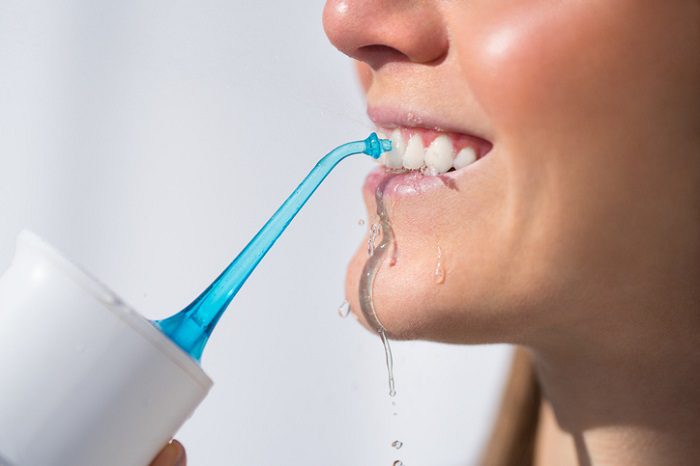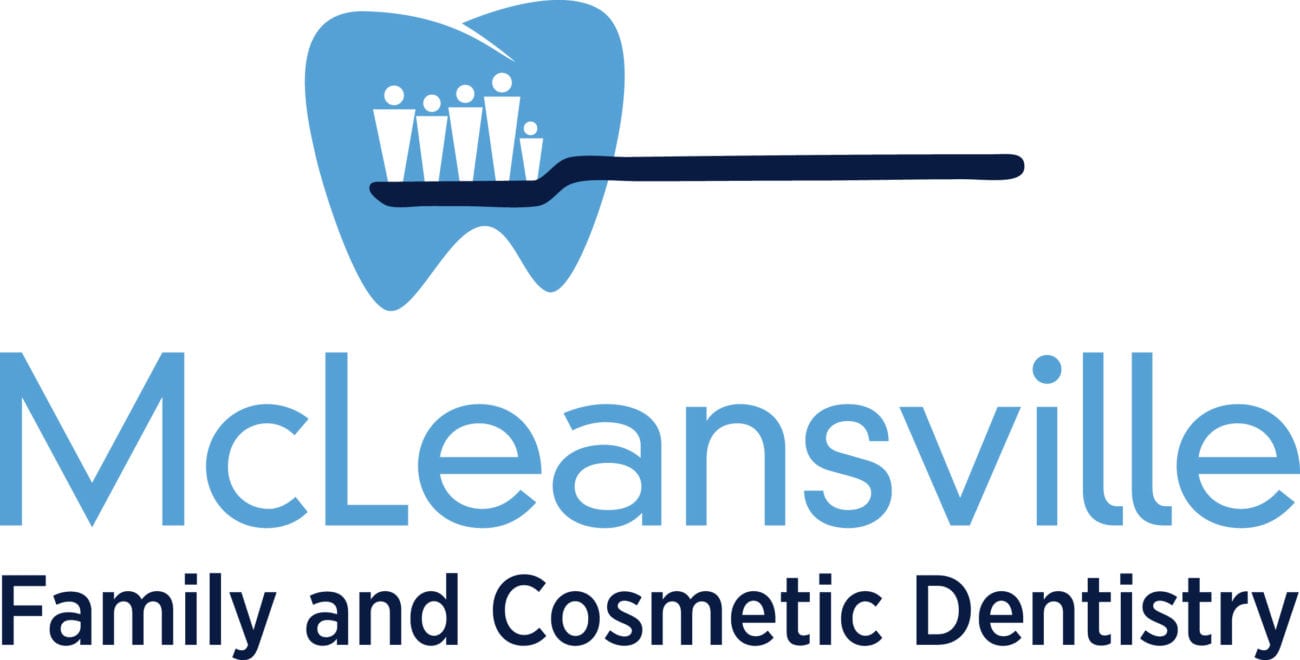At-home oral hygiene is crucial to keeping your teeth fresh and clean and removing plaque before it hurts your dental health. You know you should brush your teeth twice a day and floss every day. Traditional floss can ensure your mouth stays as clean as it needs to. But you might benefit by upgrading to a water flosser.
This device generates a stream of water that you use to wash plaque and other build-ups from between your teeth. You can maximize the advantages of this oral hygiene tool when you know how to utilize it properly. Read on to find advice from your dentist regarding how to best use your water flosser during your oral hygiene regimen.

Choose Appropriate Flosser Settings
Your water flosser will come with several settings for you to choose from that you can adjust based on your specific oral health needs. For instance, you can change out the tip of your device where water sprays into the mouth. You can select the standard tip, the one designed to maneuver around orthodontics and other fixed oral appliances, or the tip that targets the gum pockets.
A water flosser also features different pressure settings that will alter the speed and power of the water generated by your device. Start with a low-pressure option until you know how the flosser feels in your mouth. Then you can change the setting to suit your comfort level.
Navigate Your Water Flosser with Purpose
You will need to move your water flosser through your mouth purposefully in order to get the most out of this oral hygiene tool. Spraying the water stream into your mouth without direction will not get rid of the accumulated plaque as you require.
Consider using your water flosser in front of a mirror. This way, you can see where to aim the water in order to effectively clean your teeth. Begin with your molars at the back of the mouth and work your way forward. Point the stream of water at the edges of the teeth where they meet the gums for a thorough cleaning.
Clean the fronts and backs of the teeth as well as between them. This clears away stubborn plaque that your toothbrush might not be able to reach.
In conjunction with your usual teeth-brushing routine, the water flosser will maximize oral hygiene benefits. The device does not replace your at-home regimen, and you will still need to attend routine teeth cleanings at your dentist’s office for effective preventive dental care.
You might notice that a water flosser can get messy if you do not pay attention while using it. To avoid splashing water all over your bathroom, lean forward over a sink as you floss. Keep the tip of the device inside your lips.
Then allow the water to flow over your lips into the sink as you floss. You might also want to try a cordless flosser so that you can use it in the shower. Give your dentist a call with any questions about this device or oral hygiene in general.
